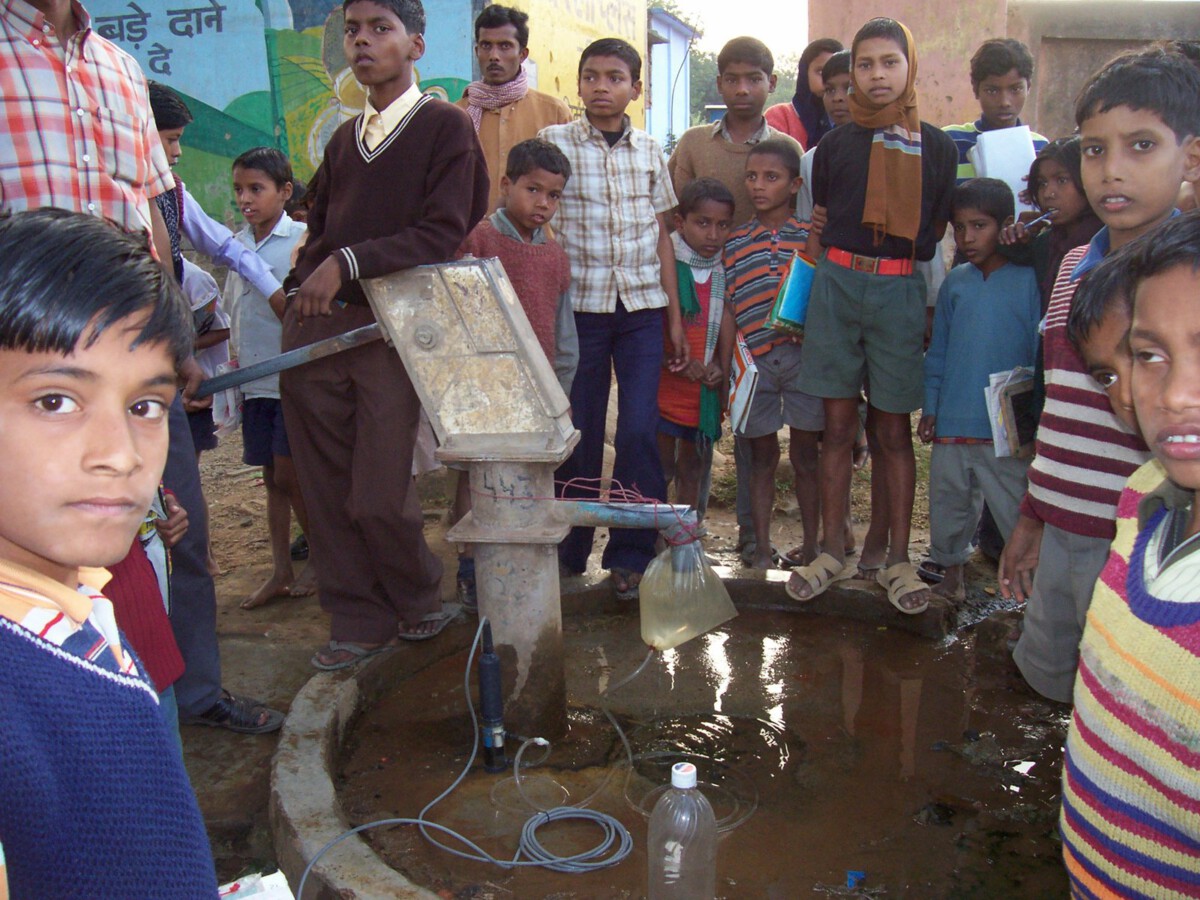Emergency Water Conservation Measures Take Effect Statewide
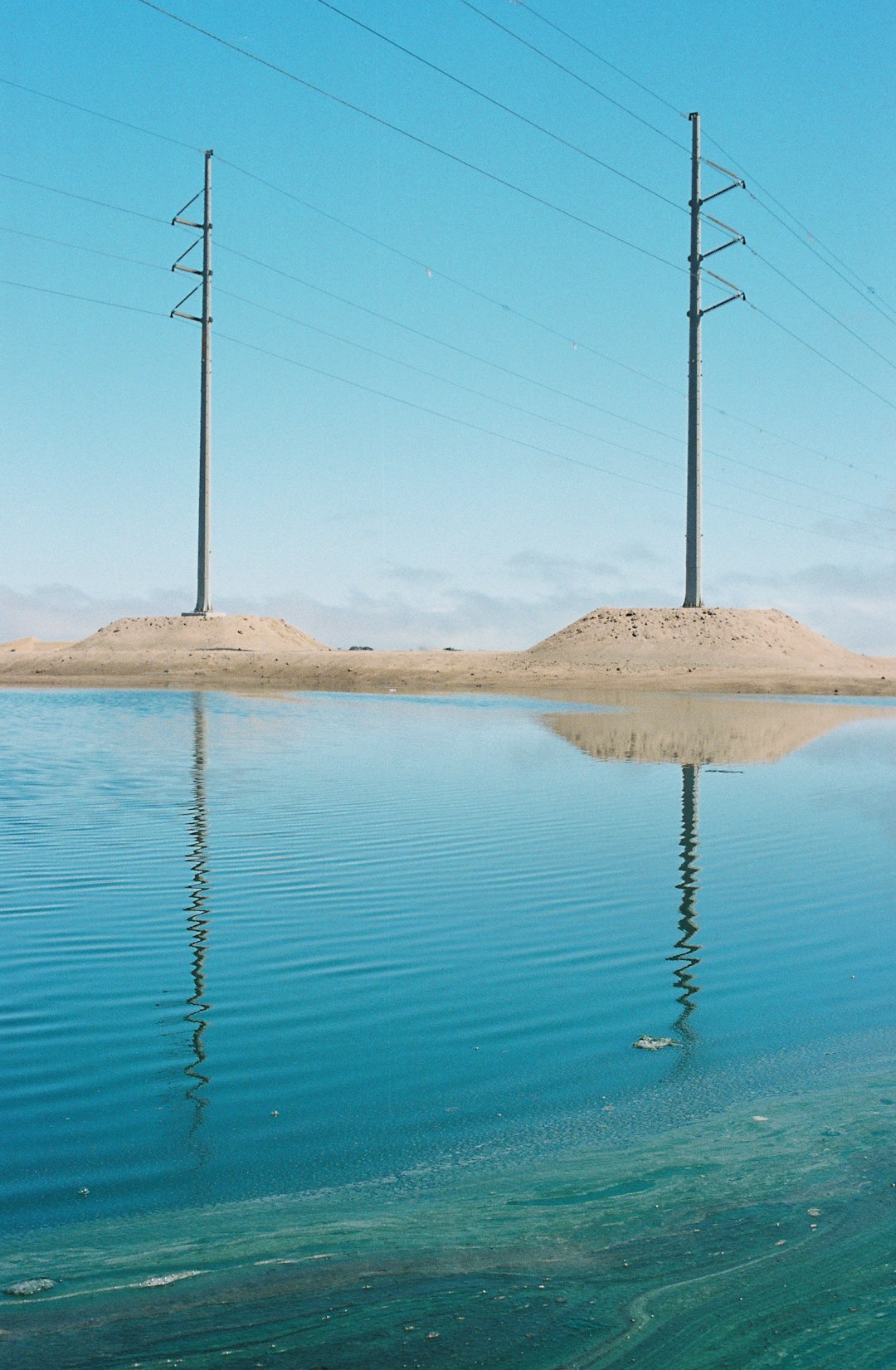
California’s State Water Resources Control Board implemented emergency water conservation regulations in March 2024, marking the most restrictive policies since the 2012-2016 drought crisis. The new measures require urban water suppliers to reduce consumption by 20% compared to 2020 levels, affecting over 39 million residents across the state. According to the California Department of Water Resources, the state’s snowpack measured only 32% of average levels in early 2024, prompting immediate action from Governor Gavin Newsom’s administration. These regulations include mandatory outdoor watering restrictions, limiting irrigation to specific days and times based on street address numbers. The emergency measures also prohibit washing vehicles at home, filling decorative fountains, and irrigating ornamental grass in commercial areas.
Agricultural Water Allocations Slashed to Historic Lows

The Central Valley Project and State Water Project announced zero allocation for agricultural contractors in February 2024, the first complete cutoff since 2014. California’s agricultural sector, which typically consumes 80% of the state’s developed water supply, faces unprecedented restrictions that threaten the nation’s food production. The Department of Water Resources reported that reservoir levels dropped to 35% of capacity by spring 2024, forcing farmers to rely heavily on expensive groundwater pumping. Agricultural communities in the San Joaquin Valley have already begun fallowing hundreds of thousands of acres, with the California Farm Bureau estimating potential economic losses exceeding $8.7 billion. Emergency water transfers between districts now cost up to $2,000 per acre-foot, compared to typical rates of $100-300 per acre-foot.
Urban Water Districts Face Mandatory Rationing Systems

Metropolitan Water District of Southern California activated Level 3 shortage conditions in June 2024, implementing the most severe water rationing in the agency’s 94-year history. The new system assigns monthly water budgets to individual households based on lot size, number of residents, and historical usage patterns. Customers exceeding their allocated amounts face escalating penalty rates, with surcharges reaching $18 per unit for excessive use. The East Bay Municipal Utility District reported that residential water consumption dropped 15% within the first month of implementation, demonstrating the policy’s immediate effectiveness. However, enforcement challenges persist, with water agencies hiring additional field inspectors to monitor compliance and investigate violations.
Groundwater Pumping Restrictions Tighten Across Central Valley
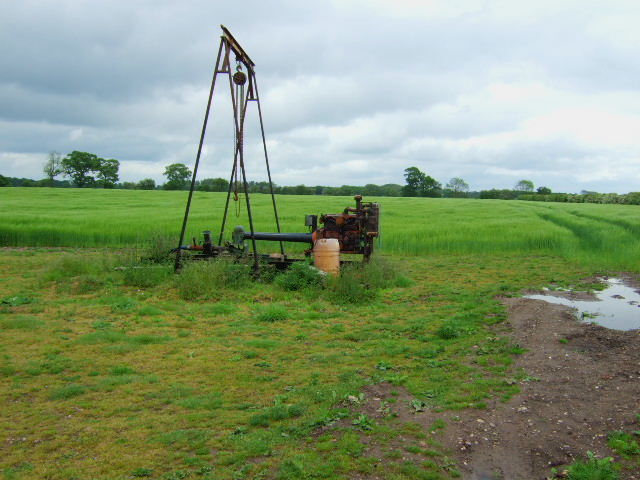
California’s Sustainable Groundwater Management Act enforcement intensified in 2024, with new regulations limiting pumping in critically overdrafted basins. The Department of Water Resources identified 21 groundwater basins requiring immediate intervention, affecting agricultural operations across 6.8 million acres. Local groundwater sustainability agencies now have authority to impose pumping allocations, extraction fees, and mandatory reporting requirements for wells exceeding 25 acre-feet annually. The Tulare Lake Subbasin, one of the state’s most depleted aquifers, implemented a 30% reduction in allowable pumping starting January 2024. These restrictions have prompted heated legal battles, with agricultural interests challenging the constitutionality of groundwater regulations in federal court.
Industrial Water Users Subject to New Efficiency Standards
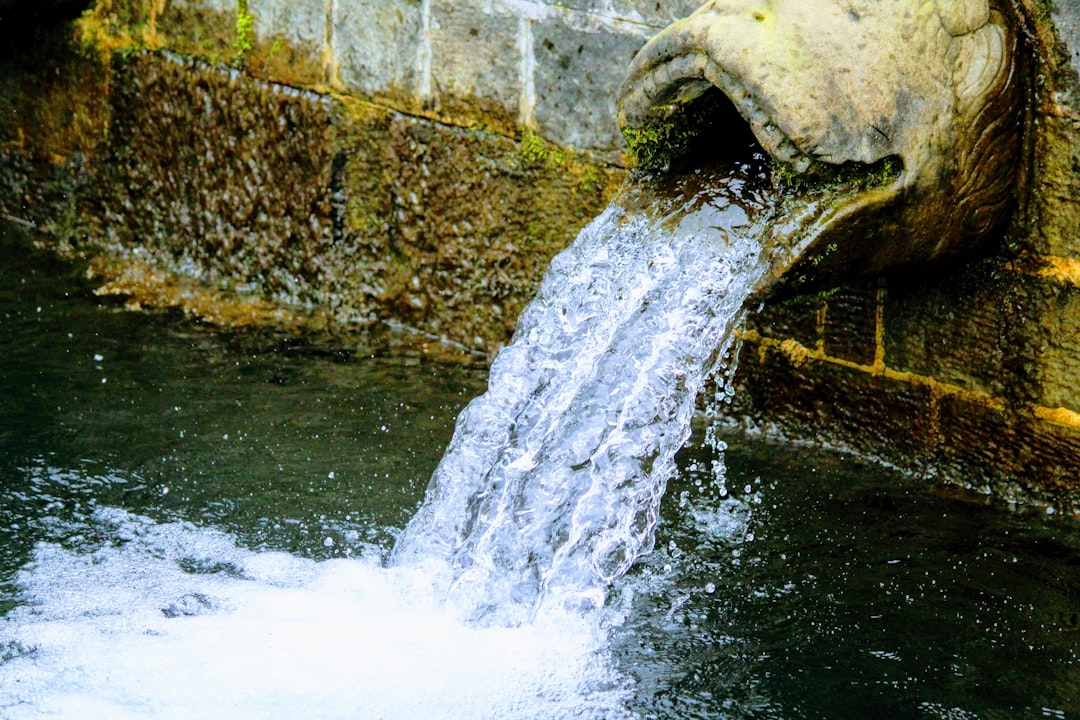
California’s industrial sector faces mandatory water efficiency targets under legislation signed in late 2023, requiring facilities to reduce consumption by 25% within three years. The regulations affect over 3,000 manufacturing plants, data centers, and processing facilities that collectively use approximately 1.2 million acre-feet annually. Technology companies in Silicon Valley have invested heavily in water recycling systems, with major corporations like Google and Apple reporting 40% reductions in freshwater use since 2022. The semiconductor industry, which requires ultra-pure water for chip manufacturing, has developed closed-loop systems that recycle 95% of process water. Non-compliance penalties range from $500 to $10,000 per day, with repeat offenders facing potential facility shutdowns.
Desalination Projects Accelerate Despite Environmental Concerns
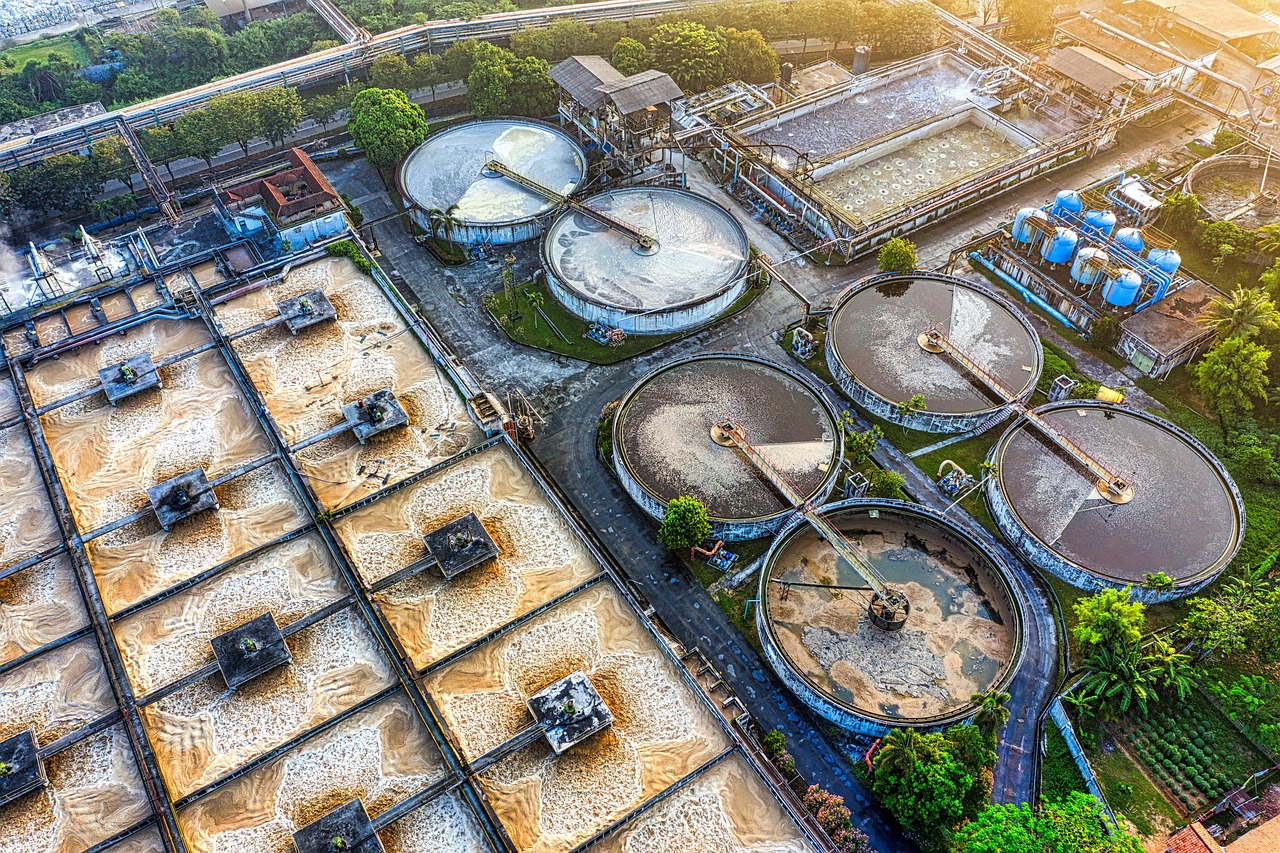
California fast-tracked approval processes for desalination facilities in 2024, with 17 projects receiving expedited environmental reviews. The Huntington Beach desalination plant, previously stalled by regulatory challenges, secured final permits and began construction with a projected completion date of 2027. These facilities will collectively produce over 300,000 acre-feet of freshwater annually, equivalent to supplying 600,000 households. However, environmental groups continue opposing coastal desalination due to marine ecosystem impacts and high energy consumption. The California Coastal Commission reported that desalination plants kill approximately 375 million marine organisms annually through intake systems, sparking ongoing legal challenges.
Water Recycling Investments Reach Record Levels
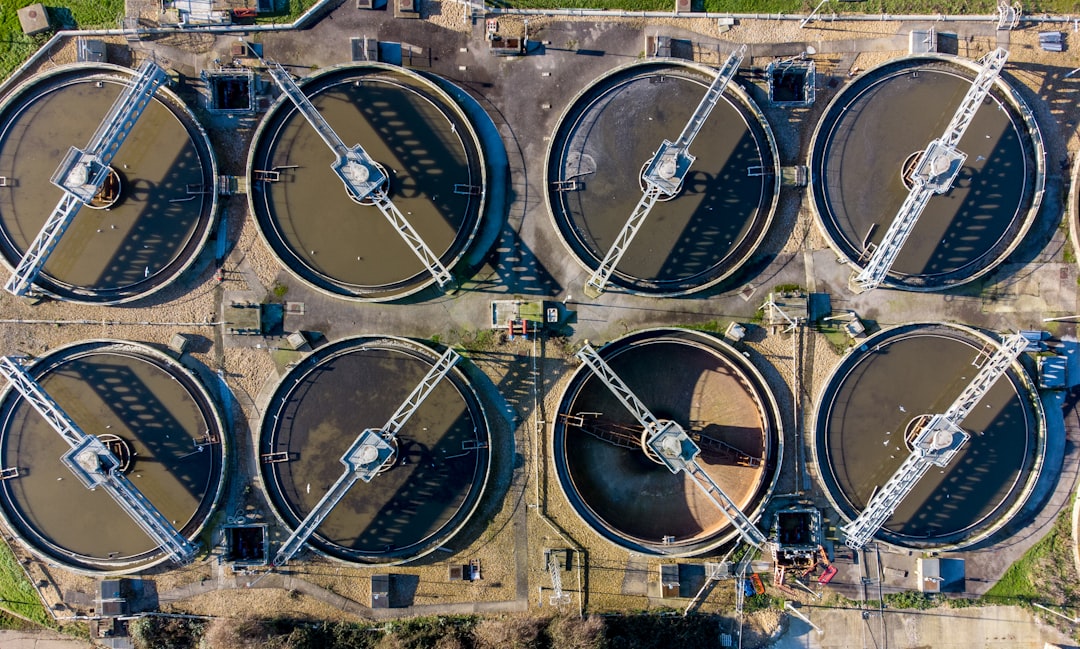
California allocated $4.2 billion in state and federal funding for water recycling infrastructure in 2024, the largest investment in the state’s history. The Metropolitan Water District launched construction of the nation’s largest potable water recycling facility, capable of producing 150 million gallons daily by 2028. Orange County’s Groundwater Replenishment System, already the world’s largest indirect potable reuse project, expanded capacity by 30% to meet growing demand. Advanced treatment technologies now remove 99.99% of contaminants, producing water quality that exceeds federal drinking water standards. Public acceptance of recycled water has improved significantly, with surveys showing 73% of Californians supporting direct potable reuse projects compared to 55% in 2020.
Smart Water Meters Become Mandatory for New Developments

California’s updated building codes require all new residential and commercial developments to install smart water meters beginning January 2024. These advanced metering systems provide real-time usage data, leak detection alerts, and automated shut-off capabilities during excessive consumption events. The California Public Utilities Commission estimates that smart meters reduce water waste by 12-15% compared to traditional analog systems. Utility companies can now implement dynamic pricing structures, charging higher rates during peak demand periods and offering discounts for off-peak usage. Installation costs range from $300-500 per meter, but rebate programs offset expenses for qualifying properties.
Native Plant Landscaping Incentives Expand Statewide

California’s water agencies increased rebate amounts for drought-resistant landscaping projects, offering up to $3 per square foot for turf replacement in 2024. The Metropolitan Water District’s “Cash for Grass” program paid out $127 million in rebates during the first six months of implementation. Native plant installations require 75% less water than traditional landscaping while providing habitat for local wildlife and reducing maintenance costs. Homeowners Association regulations prohibiting native plants face legal challenges under new state legislation protecting water-efficient landscaping choices. Professional landscapers report 300% increased demand for native plant installations, creating employment opportunities in the emerging “xeriscaping” industry.
Water Banking Programs Expand to Include Residential Participation

California introduced residential water banking programs in 2024, allowing homeowners to sell unused water allocations to neighboring properties or agricultural users. The pilot program operates in 15 counties, with participants earning $200-800 annually for conservation efforts that generate tradeable water credits. Advanced metering infrastructure tracks individual household consumption patterns, automatically calculating surplus water available for banking transactions. Agricultural buyers pay premium prices for banked residential water, with rates reaching $1,200 per acre-foot during peak demand periods. Early program data shows 23% of participating households consistently bank water, generating $47 million in conservation incentives during the first year.
Emergency Water Supplies Activated from Federal Reserves
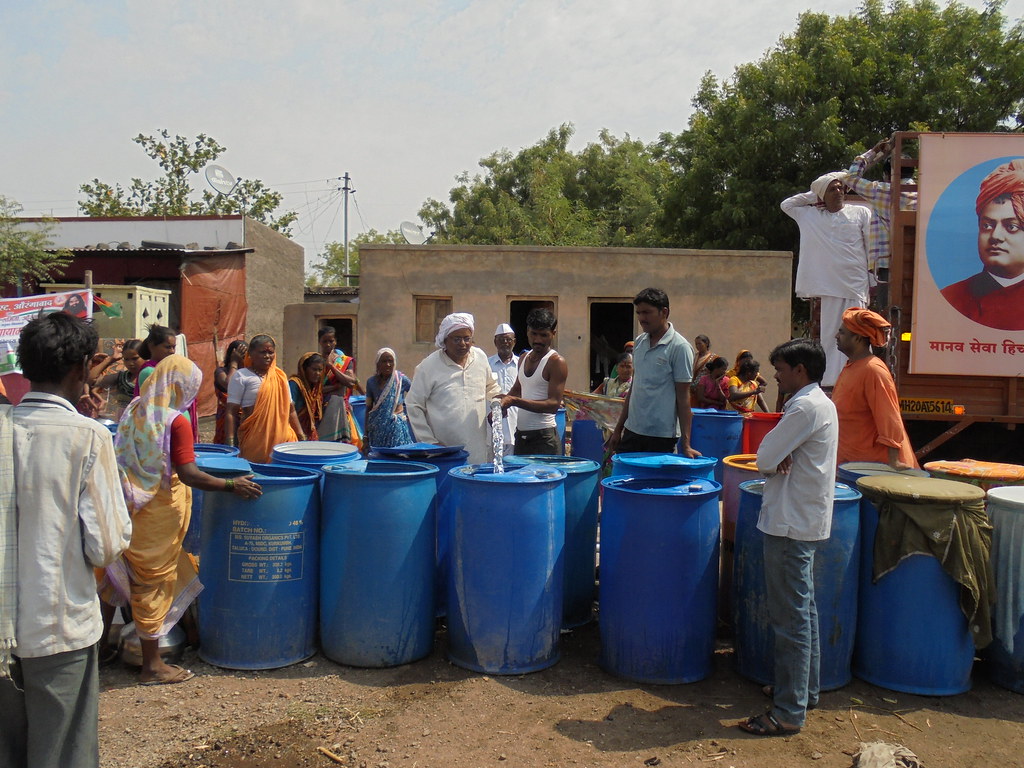
The U.S. Bureau of Reclamation released emergency water supplies from federal reservoirs in Nevada and Arizona to support California’s drought response in 2024. Lake Mead water transfers provided an additional 50,000 acre-feet to Southern California during the peak summer months. The Colorado River Compact’s emergency provisions allow temporary water sharing between states during severe drought conditions, marking the first activation since 1977. Federal agencies coordinated with Mexico to reduce agricultural water deliveries along the Colorado River, freeing up supplies for urban areas. These emergency measures cost approximately $150 million in infrastructure modifications and operational changes across the multi-state water system.
Water Price Increases Hit California Consumers
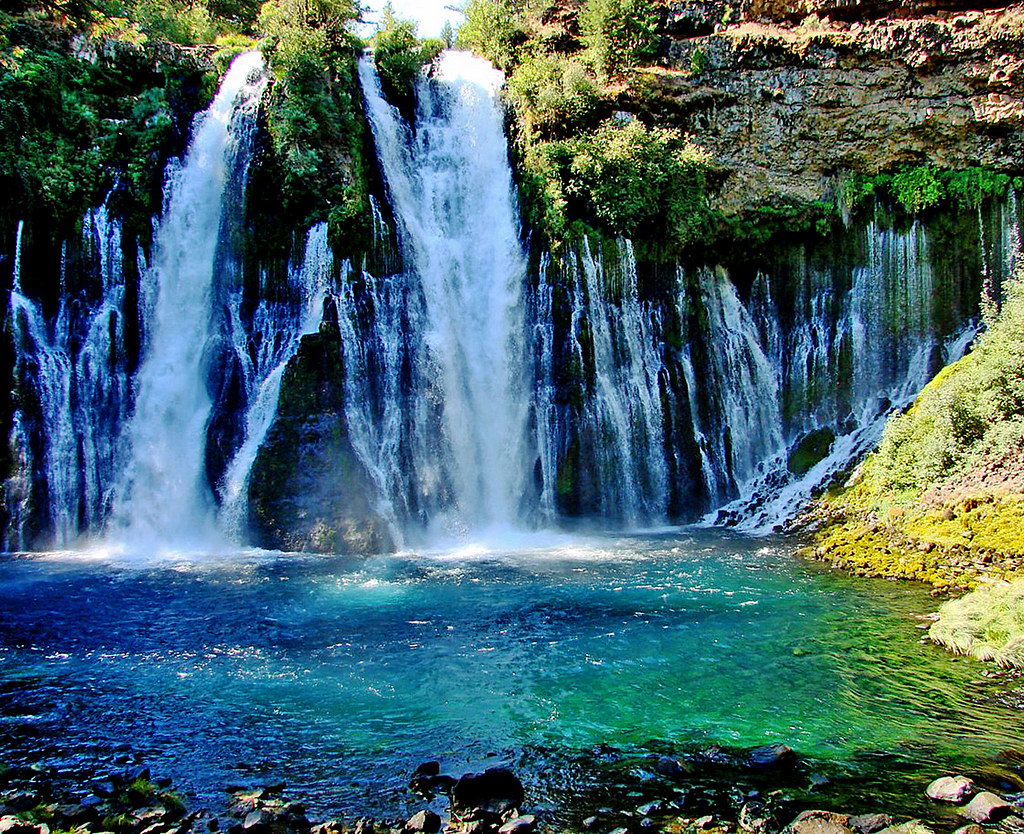
California water rates increased by an average of 34% in 2024, with some districts implementing tiered pricing structures that penalize high-volume users. The San Francisco Public Utilities Commission raised rates by 42% to fund infrastructure improvements and drought response measures. Low-income households qualify for assistance programs that cap water bills at 3% of monthly income, protecting vulnerable residents from rate shock. Commercial and industrial users face even steeper increases, with some facilities paying 60% more than pre-drought rates. Water agencies justify price increases as necessary to fund conservation programs, infrastructure upgrades, and alternative supply development projects.
Climate Change Projections Drive Long-Term Policy Planning
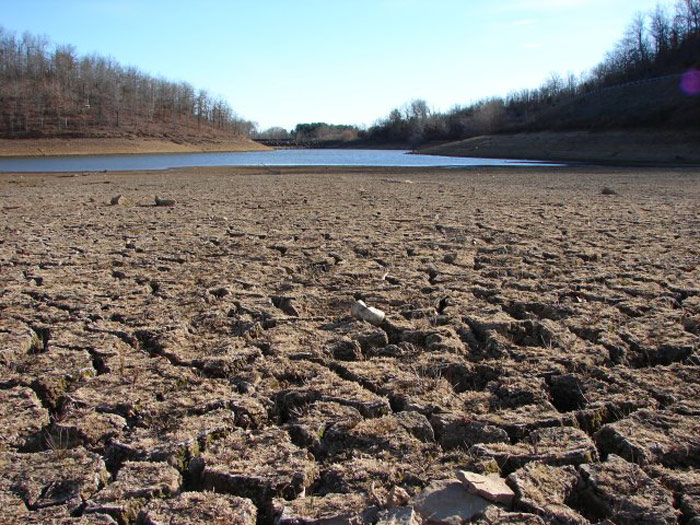
California’s Fourth Climate Change Assessment projects that drought conditions will become more frequent and severe, influencing water policy decisions for decades to come. Climate scientists predict that average annual precipitation will decrease by 10-15% by 2050, while temperature increases will accelerate snowpack melting and reduce storage capacity. The state’s water management strategy now assumes permanent baseline reduction in available supplies, requiring structural changes to consumption patterns. Regional climate models indicate that Southern California faces the greatest risk, with potential supply shortfalls exceeding 2 million acre-feet annually by mid-century. Water agencies have begun implementing “climate resilience” planning requirements for all major infrastructure projects approved after 2024.




